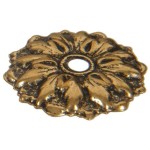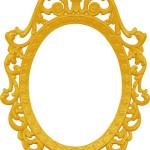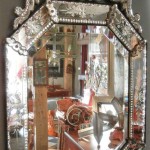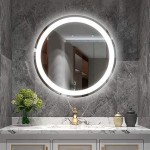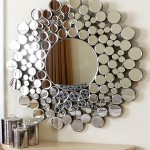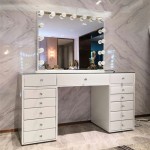How To Make A Mirror Out Of An Old Window Frame
Repurposing old window frames into decorative mirrors offers a charming way to add character to a space. This process involves carefully preparing the frame, selecting the appropriate mirror, and securing it safely. Following the outlined steps will ensure a successful transformation.
Preparing the Window Frame
Begin by removing any existing glass panes from the frame. Exercise caution during this process, wearing gloves to protect hands from shards. Once the glass is removed, thoroughly clean the frame using a suitable cleaning solution and a brush. Address any chipped or peeling paint by sanding the frame. This creates a smooth surface for repainting or staining, ensuring a polished final product.
Repairing and Reinforcing the Frame
Older window frames might require repairs before they can support the weight of a mirror. Inspect the frame for any loose joints or cracks. Wood glue and clamps can effectively mend minor damage. For more substantial repairs, consider using wood filler and allowing it to dry completely before sanding smooth. If the frame feels flimsy, reinforcing it with additional wood bracing along the back will provide necessary support.
Painting or Staining the Frame
Once the frame is clean and repaired, it's time to consider aesthetics. A fresh coat of paint can revitalize the frame, allowing it to complement the existing décor. Alternatively, staining the wood highlights its natural grain and provides a rustic look. Ensure thorough coverage and allow ample drying time between coats. This step enhances the overall appearance of the finished mirror.
Measuring and Ordering the Mirror
Accurate measurements are crucial for a well-fitting mirror. Measure the inside dimensions of the frame where the mirror will sit. It is advisable to deduct a small amount (about ⅛ inch) from each measurement to allow for slight variations and ease of installation. With these precise measurements, order a custom-cut mirror from a local glass supplier or hardware store. Consider the thickness of the mirror as well, opting for a thicker mirror for larger frames to prevent warping.
Choosing the Right Mirror Type
Various mirror types are available, each with distinct characteristics. Standard glass mirrors provide a clear reflection, while antique mirrors offer a subtly aged aesthetic. Consider the style of the frame and the desired look when choosing the mirror type. Specialty mirrors, such as those with a tinted or beveled edge, can add a unique touch. Discussing options with a glass supplier can help determine the most suitable choice.
Securing the Mirror to the Frame
With the mirror cut to size, carefully place it into the frame. Several methods can secure the mirror in place. Mirror clips, available at hardware stores, provide a discreet and effective solution. Alternatively, mirror adhesive can be used, ensuring an even application to prevent air bubbles. For added security, consider using both clips and adhesive, particularly for larger mirrors. Follow the manufacturer's instructions for proper adhesive usage.
Adding Backing and Hanging Hardware
To protect the back of the mirror and provide a finished look, cut a piece of thin plywood or cardboard to fit the frame's back. This backing can be secured with small nails or staples. Finally, attach appropriate hanging hardware to the back of the frame. The type of hardware depends on the weight of the mirror and the wall material. Ensure the hardware is securely attached to the frame for safe and stable hanging.
Considering Safety Precautions
Throughout this process, prioritize safety. Wear appropriate safety glasses and gloves when handling glass and sharp tools. Dispose of broken glass carefully, wrapping it in thick paper or cardboard and labeling it clearly. When hanging the mirror, ensure it is securely mounted to avoid potential hazards. Taking these precautions ensures a safe and enjoyable crafting experience.
Choosing Decorative Elements (Optional)
Enhance the repurposed mirror with decorative elements. Consider adding small embellishments, such as decorative trim or molding, to further personalize the piece. These additions can complement the existing décor or create a focal point. Small hooks or knobs can be attached to the frame for hanging jewelry or small items, adding functionality to the decorative piece.

How To Turn A Vintage Window Into Mirror

Diy Barn Window Mirror Decor Tutorial Nina Hendrick Home

Salvaged Window Turned Farmhouse Mirror The Weathered Fox

How To Turn An Old Window Into A Mirror Pine And Prospect Home

Diy Window Pane Mirror

How To Turn A Vintage Window Into Mirror An Oregon Cottage

Diy Rh French Window Pane Oversized Mirror The Rozy Home

Diy Barn Window Mirror Decor Tutorial Nina Hendrick Home

Salvaged Window Frame Diy Mirror Crafty Nest

Diy Mirror Old Window Frames


